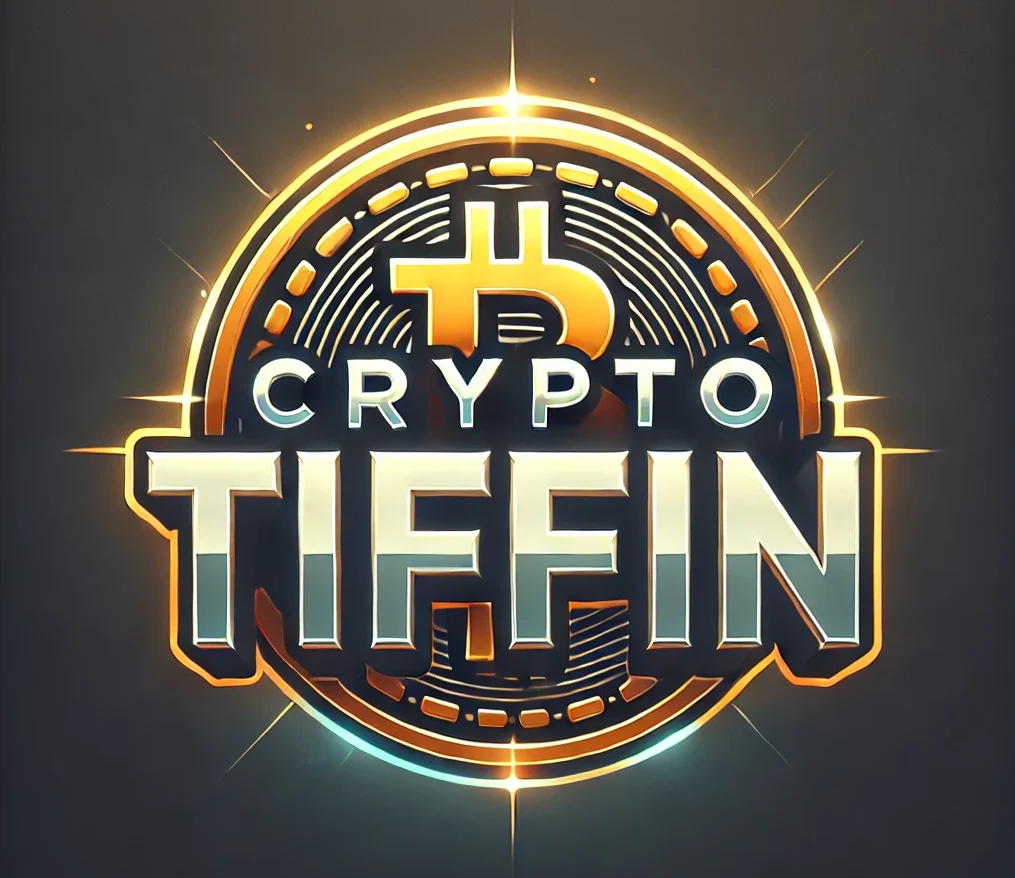Introduction: Why Token Vesting Matters
Imagine you buy a brand-new crypto token at launch, expecting its price to skyrocket. But suddenly, the price crashes due to early investors selling off large amounts. This happens because of poor token vesting.
Token vesting prevents early investors and team members from dumping tokens all at once, ensuring price stability and long-term growth. Let’s break down what token vesting is and how it affects crypto prices.
What Is Token Vesting?
Token vesting is a process where cryptocurrency tokens are locked and released gradually over time. This strategy ensures that early investors, developers, and project teams cannot sell all their tokens at once, preventing price manipulation and market crashes.
Think of it as a salary with a contract—you don’t get your full salary upfront, but instead receive payments over time.

How Does Token Vesting Work?
Token vesting usually follows a predefined schedule where tokens are gradually unlocked over a set period. Here’s how it works:
- A crypto project allocates tokens to investors, developers, or advisors.
- Instead of allowing them to access 100% of tokens immediately, a vesting schedule is applied.
- Tokens unlock in portions at fixed intervals (monthly, quarterly, or yearly).
- Full ownership is reached only after the vesting period is completed.
For example, if a project grants 1 million tokens to a developer with a 4-year vesting period, they might receive 250,000 tokens per year instead of all at once.
Why Is Token Vesting Important?
Token vesting is crucial because it:
- Prevents Early Dumps: Stops large token holders from selling everything immediately, avoiding sudden price drops.
- Encourages Long-Term Commitment: Team members and investors stay involved in the project instead of cashing out early.
- Builds Trust & Stability: A well-structured vesting plan reassures investors that the project is serious and not a scam.
Types of Token Vesting Schedules
Cliff Vesting
- Tokens are fully locked until a specific date.
- After the “cliff period” ends, a large portion is released at once.
- Example: A project has a 1-year cliff followed by quarterly unlocks.
Linear Vesting
- Tokens unlock gradually over time.
- Example: If vesting lasts 4 years, 25% of tokens are released per year.
Hybrid Vesting
- A mix of cliff and linear vesting.
- Example: 10% unlocks immediately, then the rest vests over time.
How Token Vesting Affects Crypto Prices
Token vesting plays a huge role in price stability. Here’s how:
- Prevents Sudden Price Crashes: If all tokens were available at once, early investors could dump them, crashing the price.
- Ensures Gradual Supply Release: Vesting spreads token supply over time, reducing market shock.
- Creates Investor Confidence: Projects with good vesting plans are less likely to be scams, attracting long-term investors.
- Encourages Holding: Team members and early investors stay engaged with the project since they can’t sell everything immediately.
Real-Life Examples of Token Vesting in Crypto
Ethereum Foundation Vesting
- The Ethereum Foundation had a structured vesting plan to support developers and ecosystem growth.
- This prevented an immediate sell-off and helped ETH grow into a stable network.
Solana Vesting
- Solana had a vesting schedule for early investors, ensuring price stability.
- As a result, SOL avoided massive price crashes during its early growth phase.
Failed Example: Luna’s Token Dump
- Terra (LUNA) had poor vesting policies, leading to large holders selling and crashing the market.
Token Vesting in Airdrops
Many crypto projects use airdrop campaigns to distribute free tokens to users. However, most of these airdrops come with a vesting period to prevent immediate dumping.
- Example: Arbitrum Airdrop – Users who received free ARB tokens had a vesting period, ensuring they couldn’t sell all at once.
- Example: Aptos Airdrop – Investors and early users got tokens gradually over time instead of receiving them in one go.
Want to earn free airdrops? Check out our Airdrops Section to claim the latest free crypto tokens!
Pros and Cons of Token Vesting
Pros
- Reduces price volatility
- Prevents early dumps and market manipulation
- Encourages long-term commitment
- Builds investor trust
Cons
- Can limit liquidity for investors
- Some projects misuse vesting as a delay tactic
- Complex schedules may confuse investors
How to Track Token Vesting Schedules
To avoid getting caught in a token dump, always check vesting schedules before investing.
Websites to track vesting schedules:
- TokenUnlocks – Real-time tracking of major projects.
- CoinMarketCap – Some projects disclose vesting info.
- Crypto Twitter – Follow project announcements.
Pro Tip: Always research the vesting period and release schedule before buying a token!
Frequently Asked Questions (FAQ)
What happens if a project doesn’t have token vesting?
A: Without vesting, early investors and team members can dump tokens immediately, causing a price crash and loss of investor trust.
Can token vesting be changed after launch?
A: Some projects allow changes in vesting through governance votes, but it depends on the smart contract rules and community agreement.
How do I check a project’s token vesting schedule?
A: You can check a project’s whitepaper, tokenomics section, or use tracking tools like TokenUnlocks.
Do all crypto airdrops have vesting?
A: No, but many projects include vesting to prevent immediate token dumping.
Final Thoughts: Why Investors Should Care
Token vesting is one of the most critical factors affecting crypto prices. It determines whether a token will remain stable or crash due to early dumps.
Before investing, always check:
- Vesting schedules
- Lock-up periods
- Project team’s commitment
If a project has no vesting schedule, be cautious—it might be a rug pull!
Want to learn more?
Explore our Crypto Guides on CryptoTiffin.com for expert insights!
Call to Action: Stay Ahead in Crypto!
Bookmark our blog for more crypto insights. Join our Telegram for real-time updates. Follow us on Twitter/X.
Stay smart, invest wisely!



